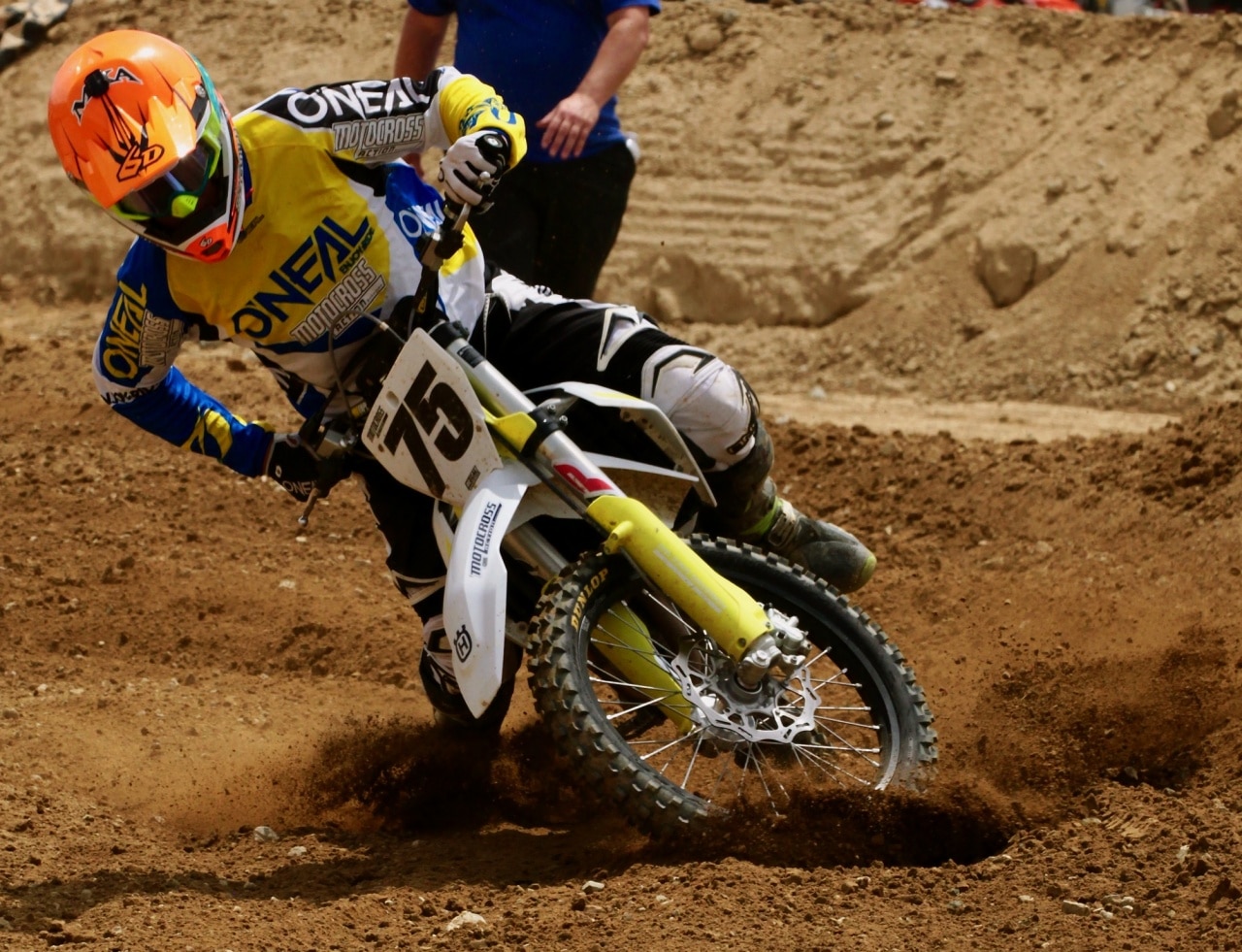ASK THE MXPERTS: MY FRIEND’S IDENTICAL FORKS ARE BETTER THAN MINE. WHY?”
 Just like your engine, your suspension needs to be broken in before it can work as designed.
Just like your engine, your suspension needs to be broken in before it can work as designed.
FORKS NEED BREAK-IN ALSO
Dear MXA,
I bought a 2018 KTM 350SXF, took it straight to my local track and hated the WP air forks. They were very stiff, rode high and didn’t follow the ground. The guy parked next to me had an almost identical KTM 350SXF with eight hours on it, and he let me ride his. It was much better than mine. I took his air pressure and clicker settings and put them in my forks, but it was still too hard. Did I get a lemon?
No. The difference between your forks and the forks of the guy who was nice enough to let you ride his bike was the eight hours that he had on his forks. New forks are always stiff because of the stiction of the tight fork seals, bushings, internal piston bands, non-viscous fork oil and the grease that the forks are put together with. Any fork needs at least two hours of riding time to break in. During this break-in period, the grease that clogs the AER’s air bypass dent dissolves. The fork oil goes through several heat cycles and gets thinner. The interface parts (seals, bushings and band) free up. Suddenly, after a couple hours of break-in, the forks transform themselves into better forks.
Lots of racers send their forks and shocks out to get them re-valved after the first ride. This is wrong. Never send your forks to get them re-valved until after they have been broken in. There are two reasons for this: (1) Once they are broken in, you may find that your forks (Showa, Kayaba or WP) are much better than you thought. (2) Before re-valving your forks, you should get an accurate read on what they feel like, because re-valved forks aren’t always better than the stockers. It’s in your best interest to know what the stockers feel like for comparison.
What you may not realize is that the same break-in regimen applies to your new bike’s rear shock.





Comments are closed.